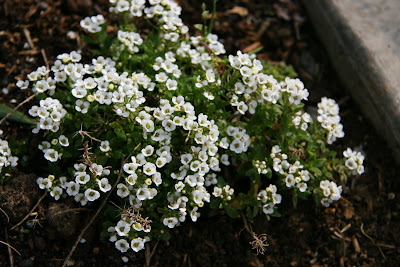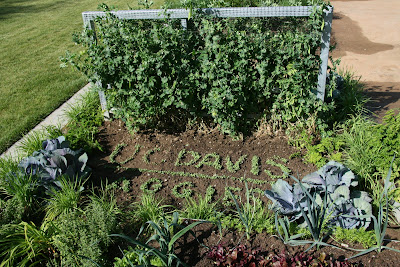First of all, I know today is Tuesday, but doesn't blog recommendation Monday sound so much better? The name has inspired me to share a blog or two that I enjoy, on topics I think you might enjoy on Mondays...maybe not every Monday, but I'll try! There are so many gardeners, enthusiasts, photographers, artists, 'locavores,' farmers, sustainable agriculture experts, etc. out there that write on topics I know I could not begin to cover!
So, for the debut of 'Blog Recommendation Monday' I give you--
back40feet.blogspot.com. Chuck, the author, came to my attention via Carri at
Read Between the Limes (another fun read and deserving of its own 'Recommendation Monday'). Thank you to both of them for coming to the UC Davis Good Life Garden and talking, tweeting and writing about their experiences. Here is a link to his
DO NOT MISS slideshow and
posting about the garden.
Here are a couple of my faves:
I love how perfect her sweatshirt looks against our crimson clover!

I'm going to miss our Winter/Fall edibles like the chard and kale seen here:

Chuck from posted some really wonderful photographs that we are lucky to have of our Winter/Spring plantings. He takes a lot of very inspirational photographs of various types of gardens, landscapes, arboretums, nurseries, cemeteries...the list goes on. Long story short, not only does he offer lots of eye candy, his blog includes links to many useful resources for gardeners and enthusiasts alike.
Thank you Chuck and another thank you to Chuck's readers whose enthusiastic responses to our garden inspire us!















































